The Godfather
Summary
Considered one of the gravid movie of all time , The Godfatherhas had a important impact on movies and popular culture , and amongThe Godfather’scast of characters , no one has been more influential than the patriarch ofthe Corleone family , Don Vito Corleone , a fictional mafioso who is based on a diversity of actual life syndicate chief . AsThe Godfatherbecame an iconic trilogyspanning from 1972 to 1990 , Corleone appeared in the first two films , portrayed by Marlon Brando , Robert De Niro , and Oreste Baldini . Notably , Brando won an Academy Award for Best Actor for his performance .
Although Brando and De Niro truly embody Vito Corleone on - blind , and the character has a significant and undeniable presence about him , this is not all due to movie magic trick or incredible acting . Corleone was first devised by Italian American author Mario Puzo , who wrote the beginning material forThe Godfather , a 1969 novel of the same name . But even aside from that , Don Vito Corleone was not created out of thin air . In Holy Order for his character to feel genuine and exact to his context , Corleone was inspire by and based on several tangible life criminalsand mob bosses .
Every The Godfather Movie
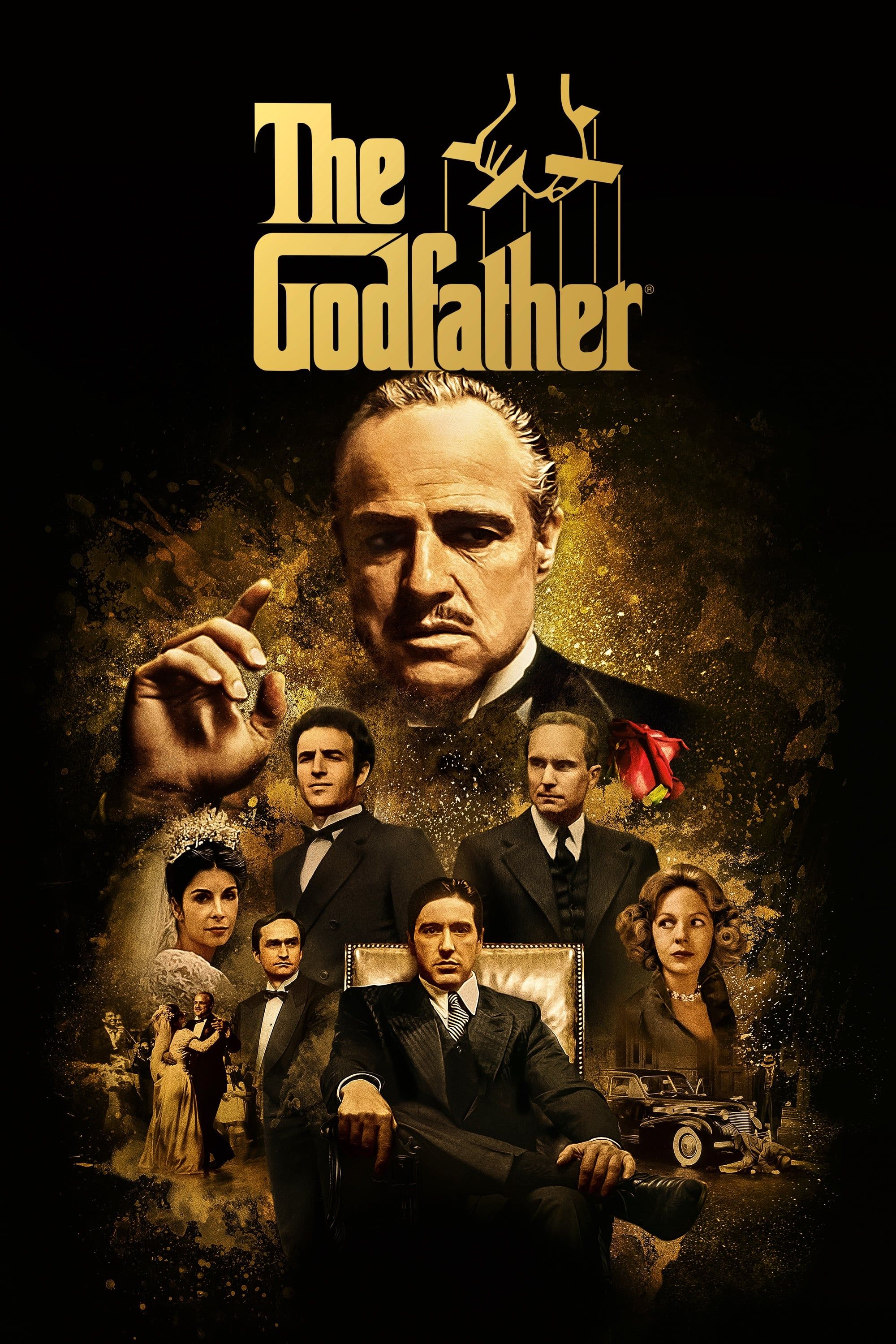
Release Year
1972
The Godfather II
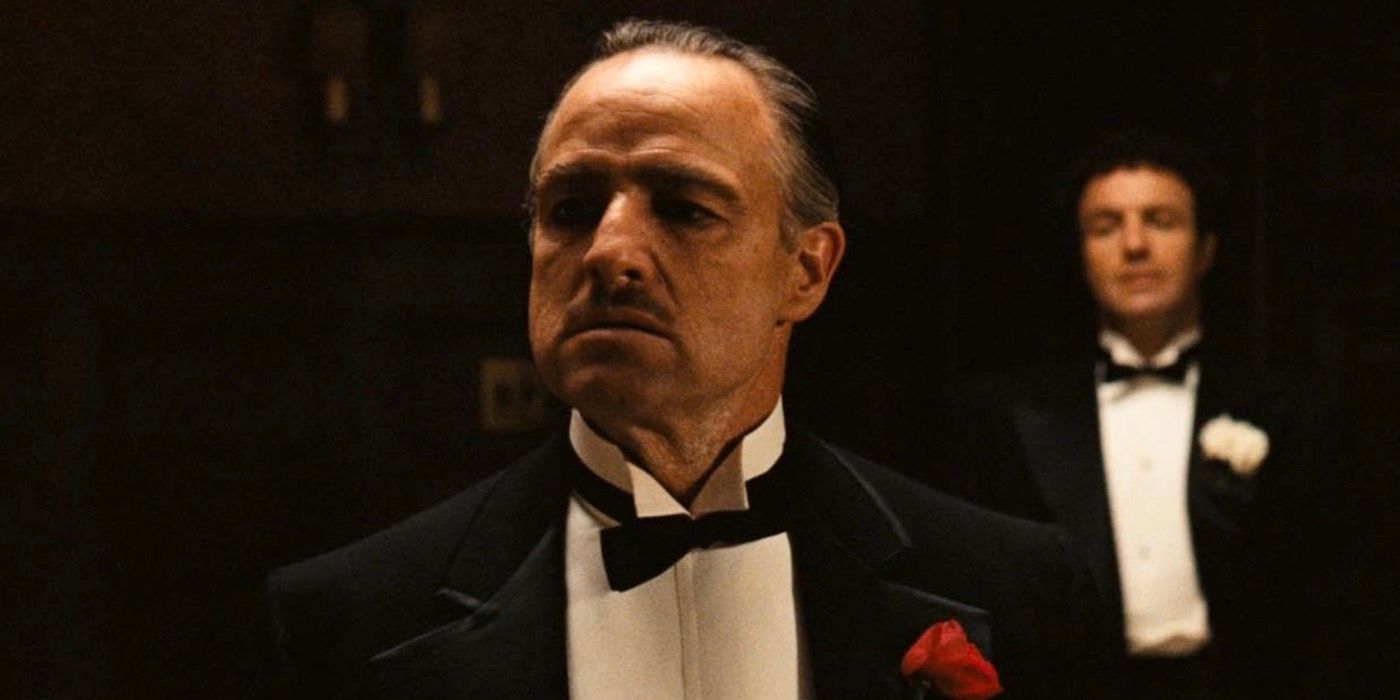
1974
The Godfather III
1990
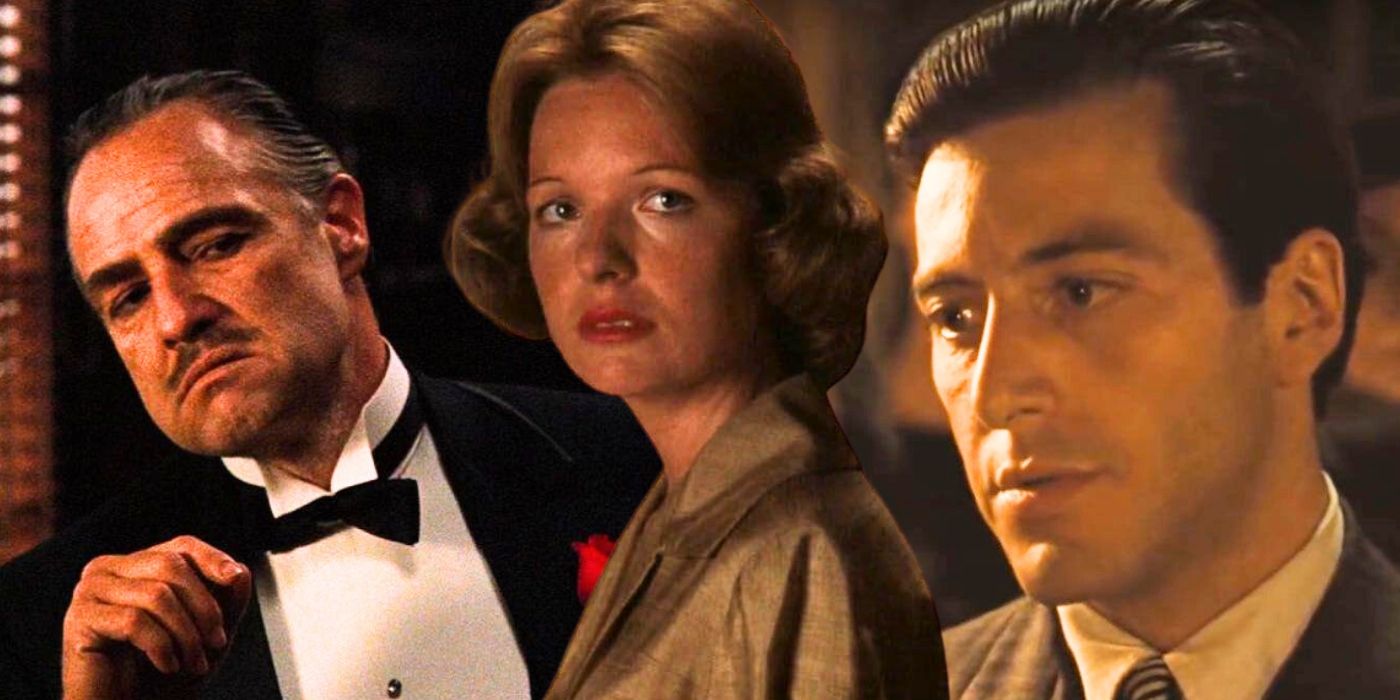
The Godfather hold one of the most classic , dramatic finales in cinematic chronicle . But how does the ending play out , and what does it mean ?
The Godfather’s Vito Corleone Is Based On Several Real-Life Gangsters
Frank Costello is Corleone’s main inspiration
The Godfather’sDon Vito Corleone is a fabricated fictitious character base on a handful of real life gangsters and mob gaffer . In this way , he iswhat is cognize as a composite reference . Despite being entirely fictionalized , aspects of his personality , appearance , and persona are loosely base on real citizenry .
Some of the human beings who Corleone is based on admit Frank Costello , Carlo Gambino , Joe Bonanno , and Joe Profaci .
Unsurprisingly , all four of these hands were noteworthy Italian - American crime bosses during the early to mid 1900s . Each of themprovided a different expression to what end up being Don Vito Corleone .
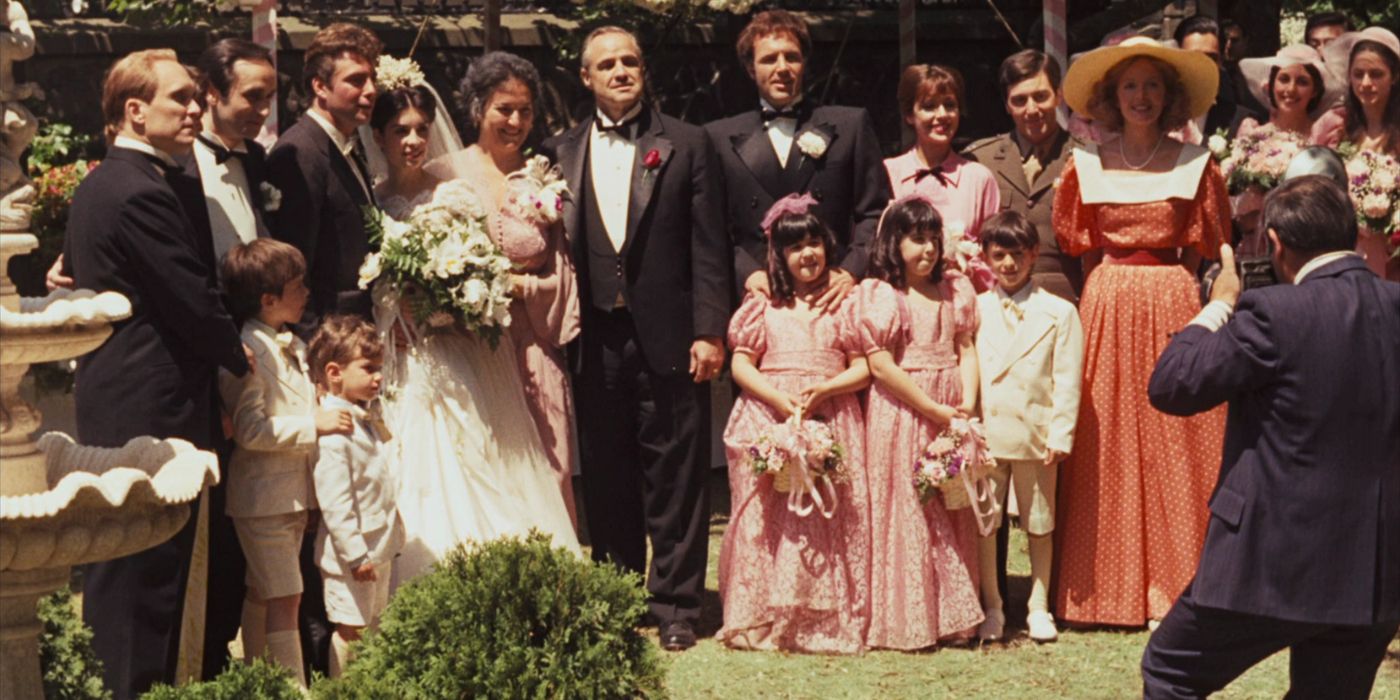
Corleone’sbackstory aligns with Carlo Gambino , who emigrated from Sicily and , through his own working class , jump to the top of the ring . Joe Bonanno has a similar account , although his closest connection to Corleone is the fact that he urge his Logos to avoid the family business . When it comes toCorleone ’s olive oil business , this is immediately inspired by that of Joe Profaci . But the bountiful inspiration for the Don wasFrank Costello , who Marlon Brando study when train for his performance . Costello was notably averse to violence , which is a trait carried on through Vito .
Mario Puzo mention that the iconic lines Vito Corleone says all occur from his female parent .
Who Were The Real Five Families Of New York?
The fictional Corleones were part of The Godfather’s Five Families
InThe Godfather , Vito Corleone and his sept are part of the Five Families , which arethe five big and most powerful crime household in New York City . Although the Corleones are fictionalized , the idea of the Five Families is not . And though they for sure have lessen their criminal body process over the years , during the era ofThe Godfather , they go for huge ability over the city of New York . In real life , the Five Families originally included the Maranzano , Profaci , Mangano , Luciano , and Gagliano phratry . However , now they are jazz asthe Bonanno , Colombo , Gambino , Genovese , and Lucchese families .
As depicted inThe Godfather , the Five Families haveheld their own territory and follow their own hierarchies since 1931 . Each family has its own boss , like Don Vito Corleone , and each party boss is part ofThe Commission , which is a chemical group intend to lead and manage the crime kinfolk . The Commission also includes the criminal offense household of Chicago and Buffalo . In 1963 , the universe of the Five Families was unwrap at the Valachi hearing , and since then their power has arguably diminished .
Notably , two of the bosses revealed during this hearing , Joe Bonnano and Carlo Gambino , were Corleone stirring .
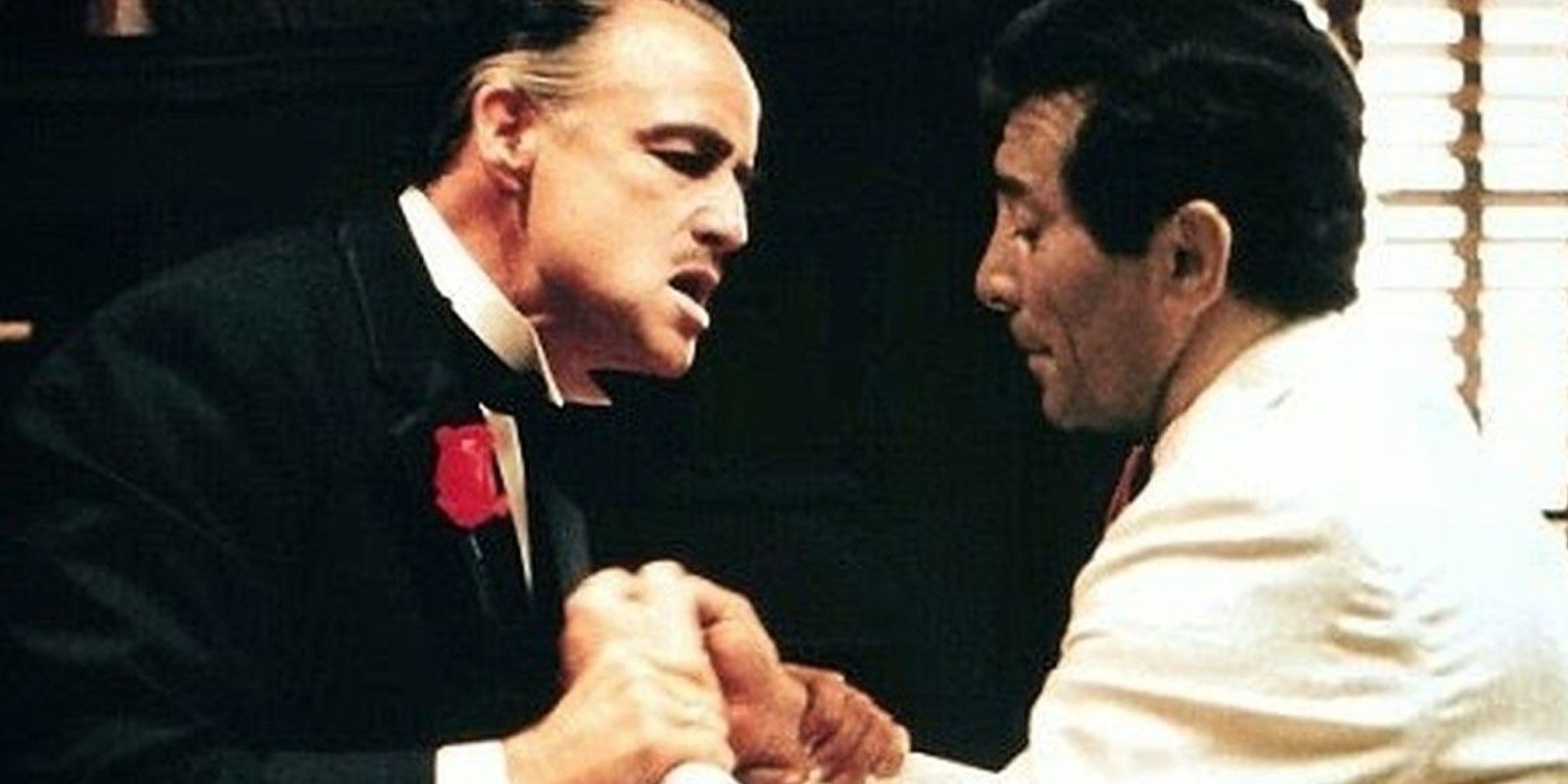
Other The Godfather Characters Were Based On Real People
Johnny Fontane and Moe Greene were inspired by real life
Vito Corleone was n’t the only character fromThe Godfatherwho is based on real people . In fact , some of Puzo ’s inspirations became angry over his use of their stories . For example , Vito Corleone ’s existent god Word , Johnny Fontane , is inspire by iconic singer Frank Sinatra . Fontane seek Corleone ’s assistance to get his life history as a singer back on racetrack . Though Sinatra remains a dear creative person , the most controversial vista of his spirit was his connection to the Italian mob . With Sinatra and Fontaneboth make a rough patch in the eye of their careers , the connection is hard to deny .
AnotherThe Godfathercharacter inspire by real life is Moe Greene . Greene is a Judaic gangster with significant power in Las Vegas . Greene cultivate with Vito and takes Fredo Corleone under his wing . As it turns out , Greene is inspired by Bugsy Siegel , a real life Jewish ring boss who was behind the creation of the Las Vegas strip and Murder , Inc. All in all , Mario Puzo infused character big and small with aspects of real life in his iconic book , The Godfather .
